Animated Cartoons
History of Animated Cartoons
The history of animated cartoons has its roots in a variety of popular media: folk tales, comic strips, theatre, music, and literature, just to name a few. The first animated cartoons were created using traditional animation methods, which involved the physical manipulation of illustrations or photographs to create the illusion of movement. This was a laborious and time-consuming process, requiring artists to draw or paint thousands of frames for a single short film.
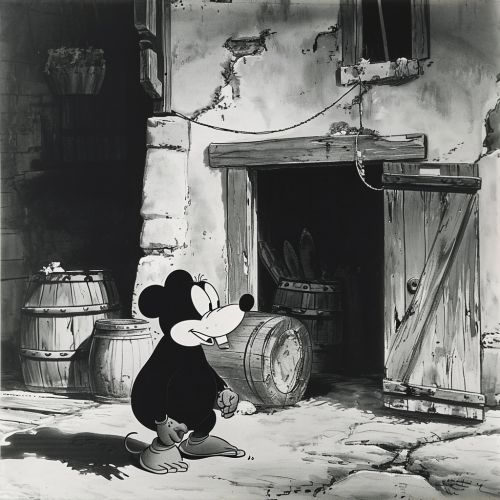
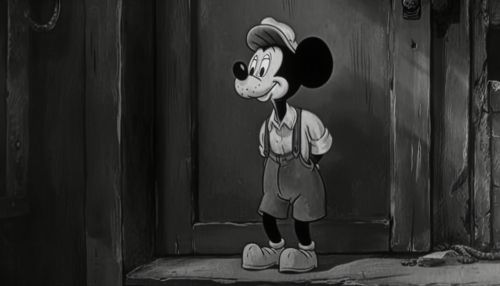
In the early 20th century, the invention of celluloid (a type of plastic) made it possible to create animations more efficiently. Artists could now draw or paint on transparent celluloid sheets, which were then photographed and compiled into a film. This technique, known as cel animation, became the standard for animated cartoons until the advent of computer animation in the late 20th century.
Evolution of Animation Techniques
Over the years, various animation techniques have been developed and refined. Some of these include stop motion, claymation, cutout animation, and computer animation. Each of these techniques has its own unique aesthetic and technical characteristics, contributing to the rich diversity of styles and themes in animated cartoons.
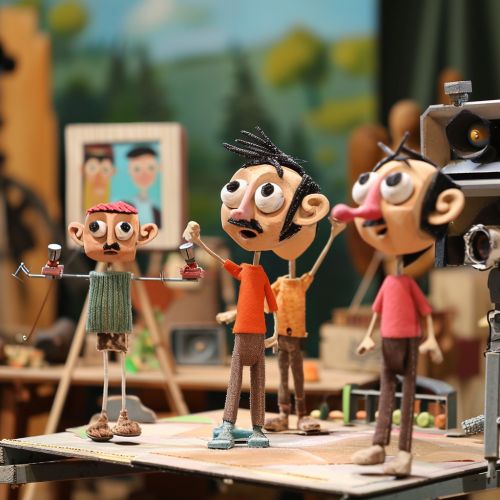
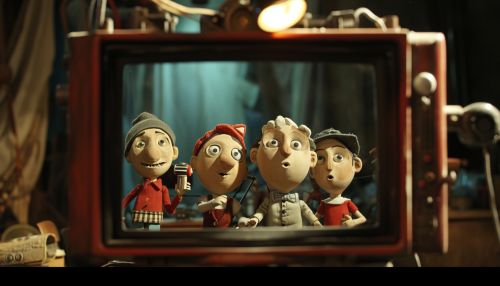
Computer animation, in particular, has revolutionized the field of animated cartoons. With the advent of digital technology, artists can now create highly detailed and realistic animations using computer software. This has opened up new possibilities for storytelling and visual expression, allowing animators to create complex and immersive worlds that were previously unimaginable.
Impact on Popular Culture
Animated cartoons have had a profound impact on popular culture. They have given rise to some of the most beloved characters in film and television, such as Mickey Mouse, Bugs Bunny, and The Simpsons. These characters have become cultural icons, influencing fashion, music, and other forms of media.
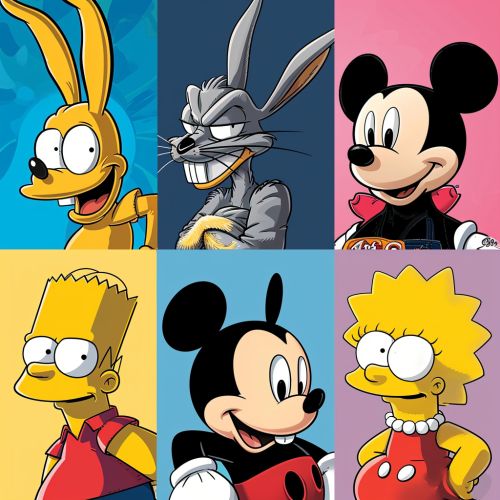
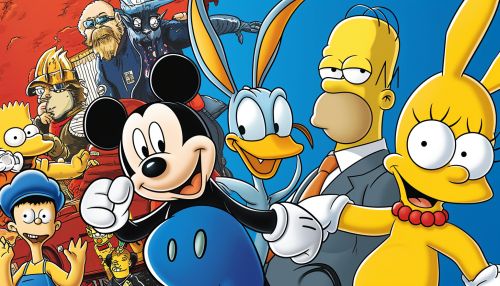
In addition to their cultural impact, animated cartoons have also played a significant role in the development of film and television. They have pushed the boundaries of visual storytelling, experimenting with narrative structures, visual styles, and thematic content. This has led to the creation of some of the most innovative and influential works in the history of cinema and television.
Future of Animated Cartoons
The future of animated cartoons looks promising, with new technologies and techniques continually being developed. Virtual reality (VR), augmented reality (AR), and artificial intelligence (AI) are just a few of the technologies that are poised to transform the field of animation. These technologies offer exciting new ways to create and experience animated cartoons, opening up new possibilities for storytelling and artistic expression.
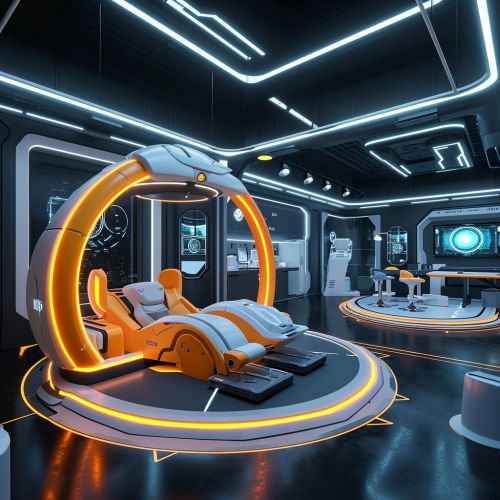

As we look to the future, it is clear that animated cartoons will continue to evolve and innovate, pushing the boundaries of what is possible in animation and storytelling. They will continue to captivate audiences with their creativity, imagination, and emotional depth, enriching our culture and our lives in the process.
